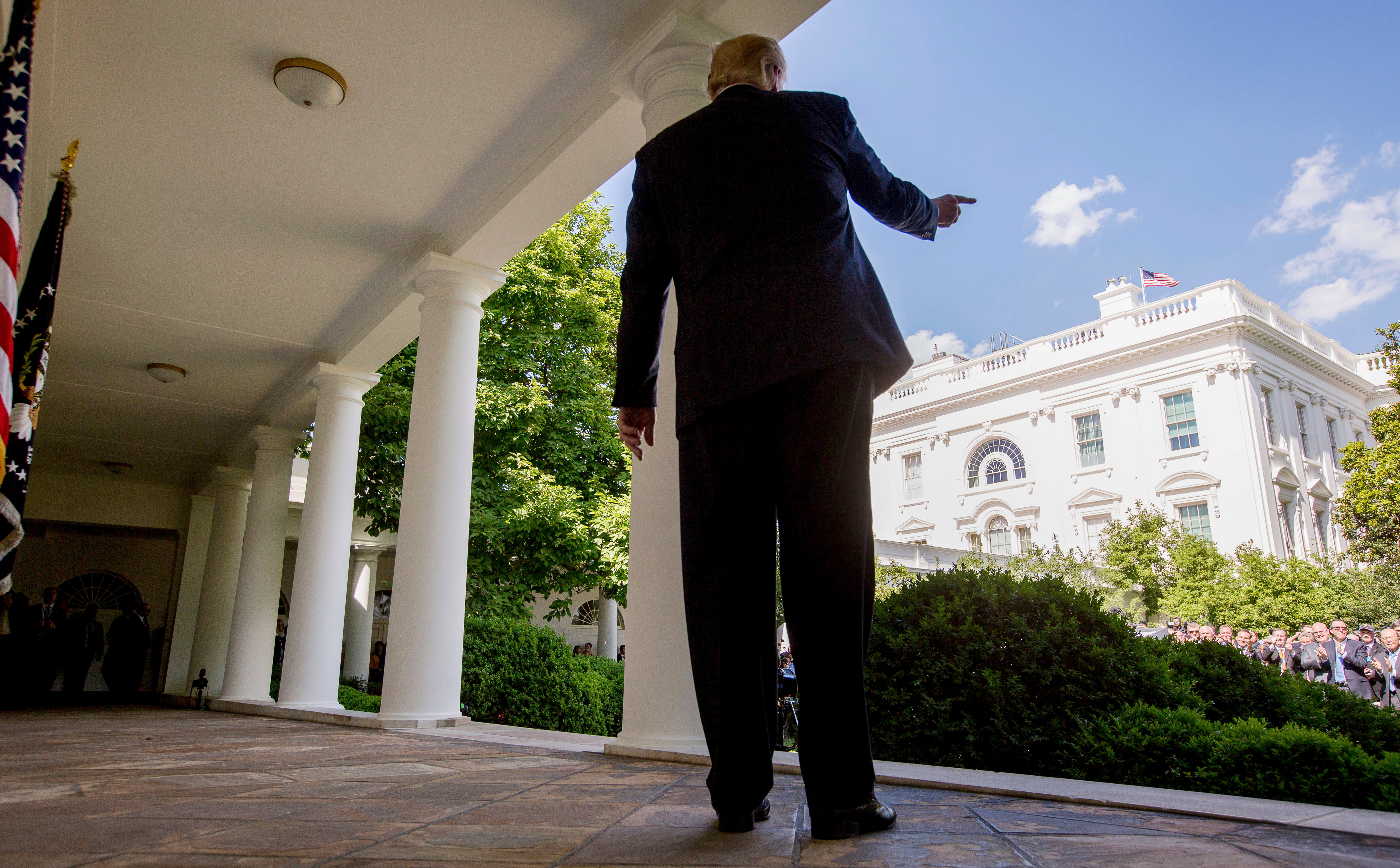Two things are reverberating around the energy world. One is President Donald Trump’s announcement that it is U.S. policy to seek energy “dominance,” and the other a projection by Lisa Wood of the Institute for Electric Innovation at the Edison Foundation that by 2025 there will be 7 million electric vehicles on the road.
Let us take them sequentially. In talking about energy dominance the president is acting like a man in a gorilla suit, thumping his chest and making strange noises that can only be understood by other men in gorilla suits.
The goal of every president, from Nixon on, has been to make the United States energy self-sufficient, as it was at the end of World War II — a time when Texas was the Saudi Arabia of the world and world oil consumption was modest. Now world consumption hovers around 95 million barrels a day and U.S. consumption around 20 million barrels a day.
The government-imposed fleet-mile standards have done much to improve mileage and curb U.S. energy appetite. With that program nixed by Trump and low prices, U.S. consumption might for a while edge up slightly.
The big change has been hugely increased production of oil and gas from shale in the United States through hydraulic fracturing, called “fracking,” of very tight formations.
It is this that allows Trump and Secretary of Energy Rick Perry to talk of “dominance,” undiplomatic and even offensive as such language must seem. It is as though Trump policy is to kick sand in the face of anyone who might be a customer in the future or who bailed us out in the past. In the lexicon of ill-considered words in relations with allies and customers, “dominance” must be right up there.
Oil and gas abundance has changed everything where hydrocarbons are concerned and has even affected nuclear power. Gas is cheap, so cheap that it is cheaper than coal or nuclear for electric generation. The president might love coal and coal miners, but even relaxing environmental rules will not save coal domestically though exports will continue.
India and China, which burn vast quantities of coal and may have to burn more, would like to get off it. Their cities are choking on bad air and the health of their people is being harmed. That is why they are the new hope for nuclear generation.
The market is against coal as is public opinion. King Coal is due to abdicate and the men in the gorilla suits cannot save his throne.
Enter the electric car as another game-changer, slowly at first, then very fast.
The projection by the Edison Foundation’s innovation arm that electric car deployment would reach 7 million vehicles by 2025 should encourage a new interest in the utility sector because it is the electric car that looks likely to change domestic demand for oil, freeing more of it for export. If charging stations can be deployed quickly enough, the 7 million figure may seem modest.
Natural gas is already an export commodity with 16 permits for terminals issued under the Obama administration.
If Trump and Perry want the United States to continue to be out in front in energy, they might think hard about how the fracking miracle came about. Call it the 40-year cycle: It took about 40 years of trial and error to unleash the bounty of close formation gas and oil. It also took a lot science, a lot of government-backed geology and one brave entrepreneur, George Mitchell of Mitchell Energy & Development Corp. to bring it off. The government poured the science in everything from new design drill bits to 3-D seismic and GPS mapping; oil-field know-how came from Mitchell.
Likewise, with wind and solar technology, the wind turbines and solar panels being deployed today were first investigated, again with a lot of taxpayer money, back in the 1970s at government laboratories like Sandia in New Mexico. I know: I covered the first faltering steps.
The point here is that to lead or, if you prefer, to dominate in energy you need patience, science and funding endurance. Trump and Perry are starting their quest to world “dominance” by slashing the research budget of the Department of Energy and doing away with ARPA-E, the super-reach arm of the agency.
It is not a strategy for staying out front, for dominating for very long.
Photo: President Donald Trump points to the crowd as he walks to the Oval Office of the White House in Washington, Thursday, June 1, 2017, after speaking in the Rose Garden about the US role in the Paris climate change accord. (AP Photo/Andrew Harnik)

 Follow
Follow
Leave a Reply